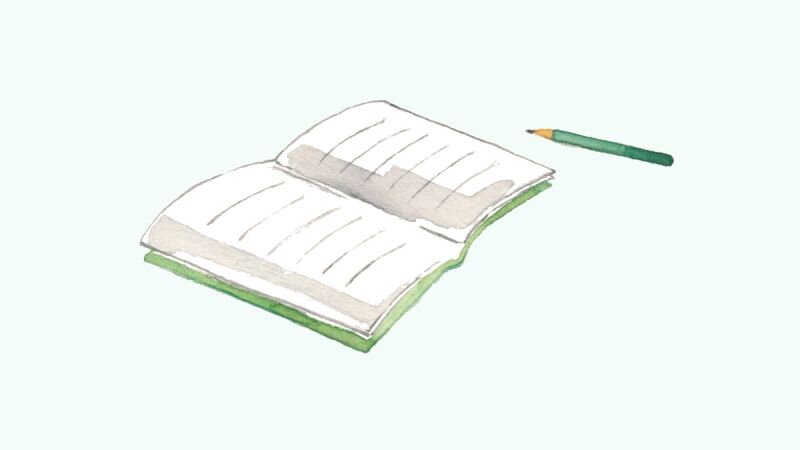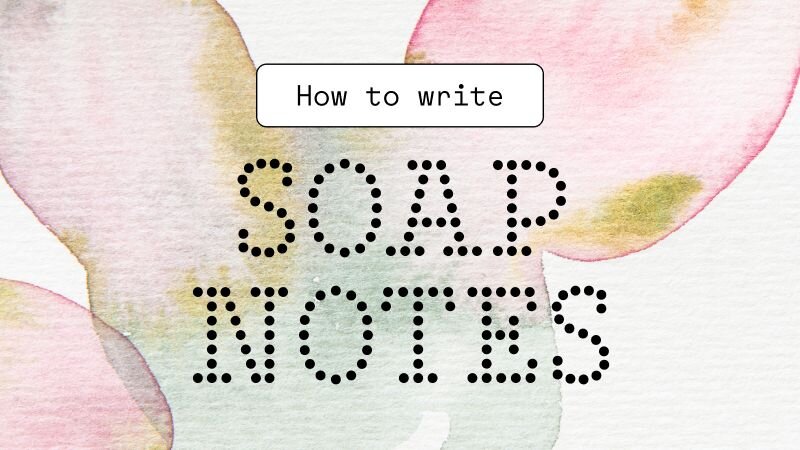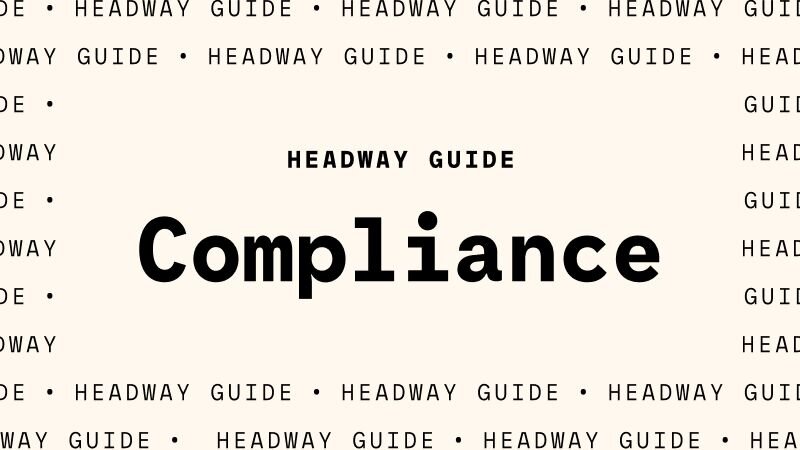
How to write progress notes
Progress notes are the core piece of documentation a mental health care provider should write after each session with a client, but it’s more than just a record of what happened in the session.

We’ll demystify how to write and structure them — plus how they compare to SOAP notes.
If you’re in the position to consider different types of progress-note-taking styles, you might want to consider what the DAP note has to offer: A simple template that puts focus on the client.
And if you’re being asked to switch to DAP notes, let’s demystify how to write and structure them — plus how they compare to SOAP notes.
DAP notes are a specific format for writing progress notes as a behavioral health clinician. They contain three sections — data, assessment, and plan — that direct your focus to capturing the most critical parts of your session.
DAP notes provide a very simple through line that helps you reflect on your progress with a client: Data is about what happened in the session, assessment is your clinical interpretation of the data, and the plan is where you chart a path forward for future sessions based on your assessment of this one.
With only three sections, DAP notes provide minimal structure to guide your documentation, so it’s important to understand what’s expected from each section of the note template.
The data section is where you document any information collected from your session. This could include details the client has told you about their experiences and symptoms, anything you observed as a clinician that might reflect on their current situation, or any therapeutic interventions that you applied (including how the client reacted to them).
It’s a good idea to include person-centric details, such as direct quotes from the client, in the data section of your DAP progress notes. This serves two objectives: It helps insurance carriers verify that the session was authentic and unique, and it provides additional clinical insight into the client’s feelings and perceptions.
The data section is also where you’ll include any elements of the mental status exam, such as observations about the client’s appearance, mood, affect, thought process, and cognition.
Above all else, this account of the session should lay the groundwork for your assessment and plan.
The assessment should include your client’s diagnosis, and your professional interpretation of the data collected from the session. You might note changes in your client’s mood or well-being since the last session, or an interpretation of their behavior that helped further your understanding of their condition.
This section can also include your assessment of the client’s current risk level.
The goal with this section is to provide a comprehensive understanding of the client’s mental health status, weaving together the data from the session with your clinically-informed analysis — which will inform your plan for treatment.
The plan section should include your roadmap for future sessions.
You may want to include any interventions you want to explore, goals for future treatment, or information about the timing and frequency of future sessions. You can also include the progress you’re making on your current treatment plan.
The plan section of a DAP note is similar to the plan sections of a SOAP note (subjective, objective, assessment, plan) or BIRP note (behavior, intervention, response, plan).
It’s important that DAP notes, or notes in any template style, follow the requirements of a progress note, such as including session details like the start and stop time and place of service.
Client Full Name: Peter Patient
Client Date of Birth: 05/15/1985
Date of Service: 11/17/2023
Exact Start Time and End Time: 2:01 PM - 3:04 PM
Session Location: 456 Tranquility Avenue, Suite 202, Calmville, CA 98765
Data:
Peter, a 38-year-old male, exhibited appropriate behavior throughout the session. Peter reported increased anxiety and difficulty sleeping over the past week. Describes feelings of overwhelming stress related to work and a recent breakup. Peter exhibits signs of moderate anxiety, including restlessness, increased heart rate, and trouble concentrating. Peter’s mood appeared anxious and subdued during the session. He was able to maintain eye contact and engage in the therapeutic process.
Assessment:
Peter's primary diagnosis of Generalized Anxiety Disorder (F41.1) was evident as he reported increased worry and tension related to work-related stressors. He displayed symptoms such as muscle tension, difficulty concentrating, and a persistent preoccupation with potential negative outcomes in various aspects of his life. Peter demonstrated an increased level of self-awareness regarding his anxiety triggers and had initiated deep-breathing exercises learned in previous sessions as a coping strategy. However, he continues to struggle with anticipatory anxiety specifically related to work demands, which significantly impacts his daily functioning. No current risk of harm to self or others was identified.
Plan:
Continue weekly sessions focusing on cognitive-behavioral therapy (CBT) techniques to address anxiety triggers and thought patterns. Moving forward, it is important to continue exploring and identify specific triggers for Peter's anxiety. Introducing and practicing additional coping strategies, such as progressive muscle relaxation and guided imagery, may assist him in managing his symptoms. Collaboration on developing a realistic plan to address work-related stressors, including effective time management strategies, will be beneficial.
This document is intended for educational purposes only. Examples are for purposes of illustration only. It is designed to facilitate compliance with payer requirements and applicable law, but please note that the applicable laws and requirements vary from payer to payer and state to state. Please check with your legal counsel or state licensing board for specific requirements.
The DARP note is a modification of a DAP note, which includes a “Response” section to document the client’s reactions and responses to the techniques, strategies, or interventions that you used during the session.
It can be helpful when you want to focus attention on monitoring the ways your client is engaging with the therapeutic process.
SOAP notes and DAP notes are very similar. The primary difference is how the observations from the session are structured:
Both include assessment and plan sections that prompt a clinician to reflect on their interpretation of the session and document how they’re proceeding with care.
Therapists tend to use the format they were trained on, and whichever one feels most authentic to their style and modality. Any of these can be insurance compliant and which one you use is generally a matter of personal preference.
You might choose a SOAP note if you prefer more structure to your note taking, or if it’s important to dedicate space to monitoring specific symptoms from a clinically objective point of view.
SOAP notes can be great for medical or multidisciplinary settings where detailed, structured documentation is crucial for communicating treatment plans and client progress across providers. Learn how to write a SOAP note.
You might choose a DAP note if you prefer to take a more straightforward and efficient approach to documentation, focusing on the client’s data, your assessment, and the planned treatment without unnecessary complexity.
With fewer sections, DAP notes may also be faster to complete than SOAP notes, for some providers.
“I might not recommend DAP notes for a newer therapist, because in that case structure is a good thing,” says Natalia. “If you're more experienced and you’d prefer a shorter format, then maybe DAP is for you.”
While there are many options for documentation, Headway's in-product templates are designed to make note-taking fast and efficient, all while helping to take out the guesswork.
Plus, our templates are included at no additional cost for Headway providers.
Headway’s team and tools are here to make everything about working with insurance companies (including compliance!) as easy as possible.

Progress notes are the core piece of documentation a mental health care provider should write after each session with a client, but it’s more than just a record of what happened in the session.

Here’s how SOAP notes can help you write better, faster notes — and effectively document your work as a clinician.

Navigating compliance can be time-consuming and stressful. We’re committed to changing that.